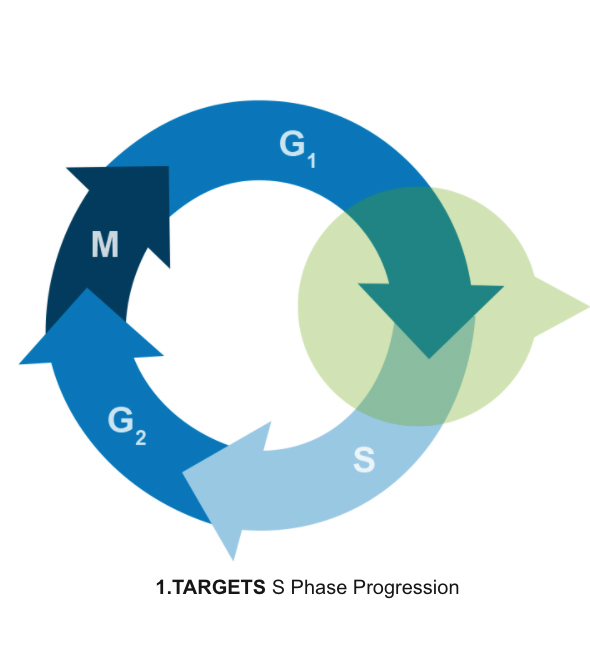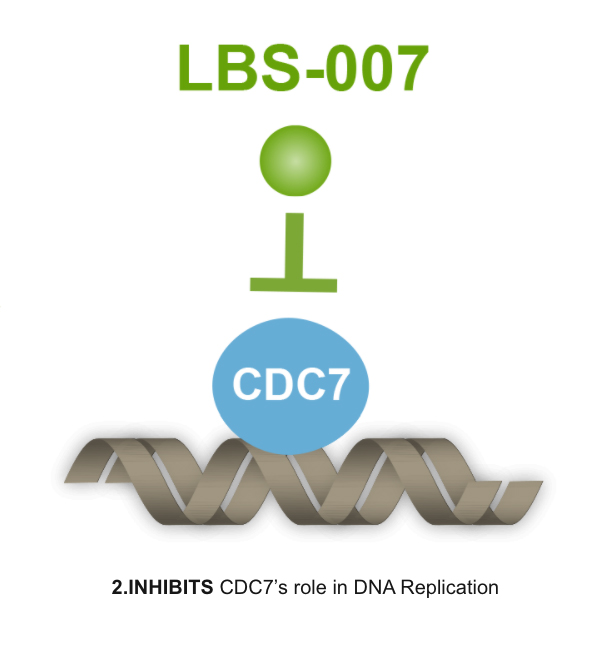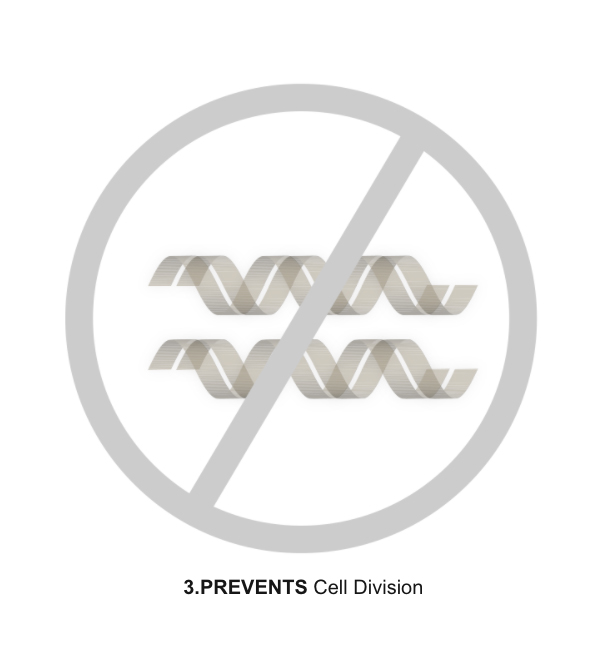Overview:Non-ATP Competitive CDC7 Inhibitor for Treatment of Broad Variety of Cancer Types
LBS-007 is a novel targeted therapy for the treatment of a broad array of cancers. It has demonstrated activity against leukemia and solid tumors, especially in chemotherapy-resistant cell lines and other cancer cell lines.
LBS-007 has obtained Orphan Drug Designation (ODD) from the US FDA in March 2018 for the treatment of Acute Lymphoblastic Leukemia (ALL) and in July 2024 for Acute Myeloid Leukemia (AML). Furthermore, it was granted Fast Track Designation by the U.S. FDA in November 2024. Currently, a first-in-human Phase I/II clinical trial is underway in Australia, with plans to expand to the United States and Taiwan in the future.
Disease Profile:
Leukemia
Leukemias are a group of blood cancers (liquid cancers) that are characterized by abnormal white blood cells (leukocytes). Multiple types of leukemia exists, impacting both children and adults. The most common types of leukemia are acute lymphoblastic leukemia (ALL), acute myeloid leukemia (AML), chronic lymphocytic leukemia (CLL) and chronic myeloid leukemia (CML). Leukemia treatments often include a combination of chemotherapy, radiation and bone marrow transplantation. The survival rates for leukemia vary depending on the type. For example, under the current standards of care, the overall five-year survival rate for leukemias is approximately 60% : in contrast, it’s only 25% in adults with ALL and AML.
Pancreatic Cancer
Pancreatic cancer is one of the most deadly of all types of cancer. Current treatment options are limited and according to the American Cancer Society, for all stages of pancreatic cancer combined, the one-year relative survival rate is 20%, and the five-year rate is 7%.
Ovarian Cancer
Most women with ovarian cancer are diagnosed with advanced-stage disease. Stage IV ovarian cancer have a five-year survival rate of approximately 17%. Current treatment options are limited and ovarian cancer remains one of the most difficult cancers to treat.
How it Works (Mechanism of Action):Disrupting Cancer Cell Cycles
In order to spread, a tumor cell grows, duplicates its DNA and then divides, resulting in two cancer tumor cells. The process of cancer cell growth and division is marked by several phases within the cell (division) cycle. During the S phase of the cycle, a cancer cell duplicates its DNA, which contains the genetic information required for survival.
LBS-007 inhibits cancer cell replication by interrupting the S phase of the cell cycle. Its mechanism of action is to inhibit a key regulator protein of the cell cycle, CDC7. Inhibition of CDC7 stops the proliferation of tumor cells and results in cancer cell death. Because CDC7’s activity is often upregulated in cancer cells in comparison to healthy cells, it’s an ideal candidate for a targeted anti-cancer therapy.



Expanded Access Policy
Lin BioScience, Inc. is a drug development company focused on unmet medical needs through developing first-in-class therapies for various cancer diseases. Currently, Lin BioScience is developing LBS-007 for the treatment of acute leukemia and solid tumors and LBS-002 for the treatment of primary and metastatic brain cancers.
LBS-007 is currently in clinical development stage, which means more clinical studies are required and health authorities have not yet approved the product to be an accredited treatment for acute leukemia disease. Lin BioScience believes the safest and most effective way of providing access to LBS-007 is through participation in our ongoing clinical trials. In a trial setting, patients benefit from direct care through regular monitoring and comprehensive follow-up by healthcare professionals. Therefore, Lin BioScience encourages patients to speak with their treating physicians about participating in a clinical trial. For more information on the current clinical trials sponsored by Lin BioScience, please visit www.clinicaltrials.gov.
Lin BioScience recognizes the importance of utilizing the applicable regulatory pathways for providing access to our investigational therapy when patients with serious or life-threatening conditions have exhausted all treatment options and are not eligible to participate in a clinical trial. Expanded access, also called compassionate use, is a potential pathway for a patient to gain access to an investigational therapy that has not yet been approved by U.S. Food and Drug Administration or another regulatory authority.
Currently, Lin BioScience is unable to provide LBS-007 on an expanded access basis due to limited supplies of the investigational drug but is hopeful to establish an expanded access program for eligible patients in the future. All requests for expanded access must come from a patient’s treating physician and will be evaluated and responded to on a case-by-case basis. We will continue to assess our capacity to facilitate expanded access and should the program become available, the associated policy will be updated. The posting of the policy by Lin BioScience shall not serve as a guarantee of access to any specific investigational therapy for any individual patient.